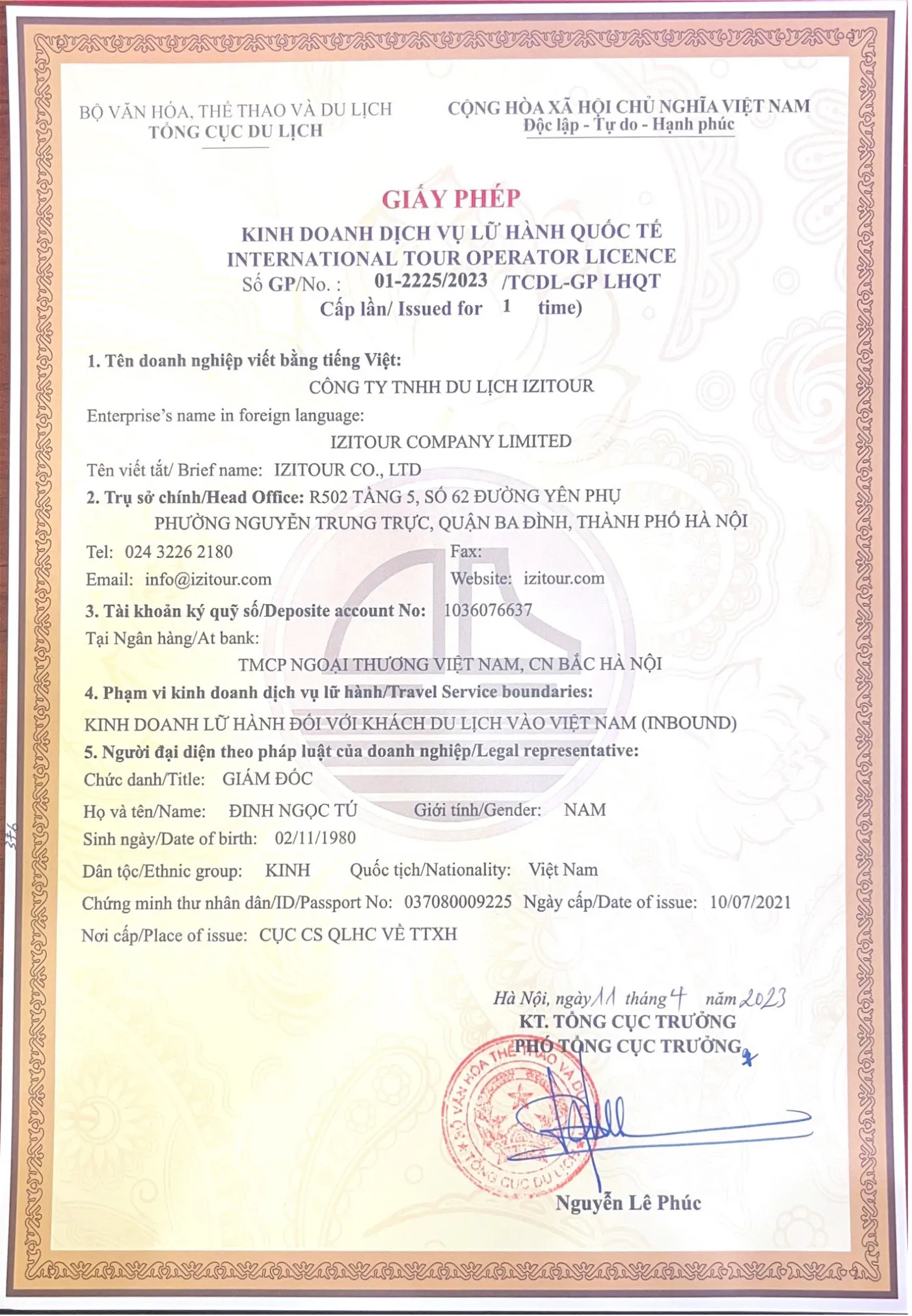When we talk about the beautiful and well-known silk-weaving villages in Vietnam, we usually mention Van Phuc Silk Village in Hanoi. It's one of Vietnam's most famous weaving villages and holds the record for being the oldest and still thriving silk weaving village, according to the Vietnam Record Book Center. Today, Van Phuc Silk Village attracts both domestic and foreign tourists.
Where is Van Phuc silk village?
Van Phuc Silk Village, also known as Ha Dong Silk Village, is located in Van Phuc ward, Ha Dong District in Hanoi. It has been existing for over 1000 years and is considered one of the most picturesque silk villages in Vietnam. To get there from downtown Hanoi, you can take a taxi, rent a motorbike or embark on a Van Phuc silk village tour. Despite the fast-paced urbanization taking place, Van Phuc Ha Dong Silk Village is trying to preserve its ancient beauty.
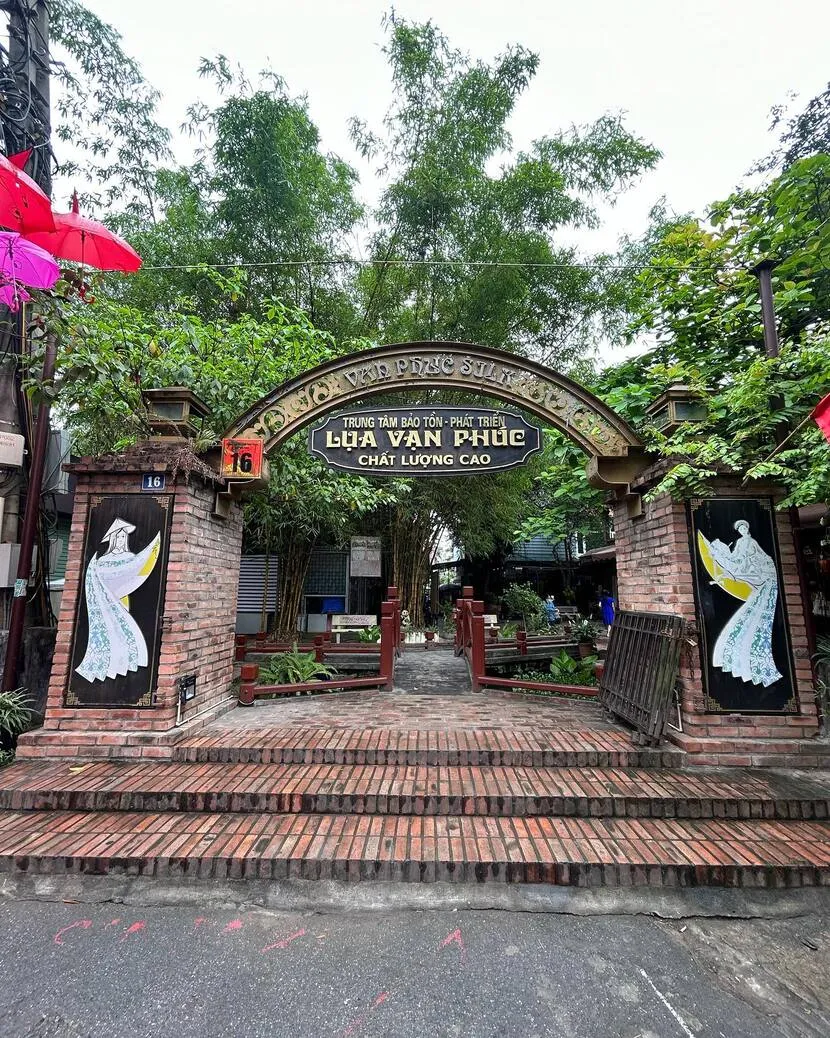
Van Phuc Silk Preservation and Development Center
History of Van Phuc Silk Village
Van Phuc Silk Village, formerly known as Van Bao. Because of the profanation of the Nguyen dynasty’s tabooed names at that time, it changed its name to Van Phuc. In 1931, Van Phuc silk gained recognition on the international market at the Marseille Fair. The French considered it the purest and most beautiful silk in Indochina. In 1958, Van Phuc silk began to be exported to Eastern European countries, and since then, Ha Dong silk has been temporarily sold in many countries around the world.
Despite its fast growth, Van Phuc silk has managed to preserve its traditional beauty. Today, it is a leading industry known for its exquisite symmetrical decoration, elegant lines, and simplicity.
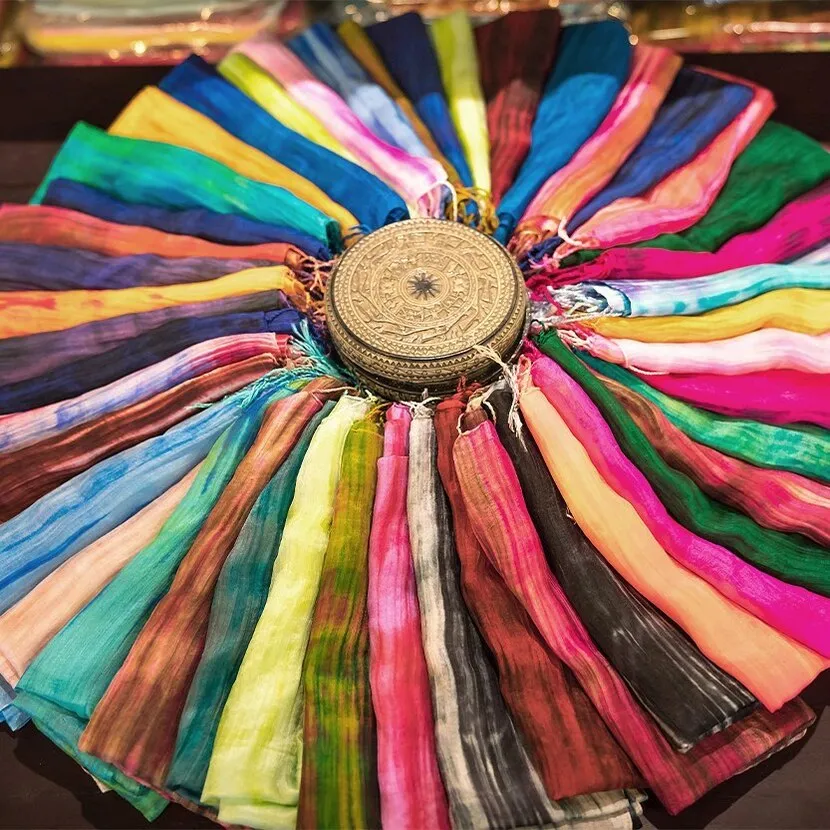
Silk scarf in different colors
Process of Making Silk in Van Phuc Village
Step 1: Raising silkworms
The initial and very crucial step in making the lovely Van Phuc silks is to raise silkworms. The quality of the silk mostly depends on how the silkworms are raised. As the worms grow, farmers provide special places called "nests" for them to create their cocoons. After the silkworms make their cocoons, skilled workers carefully collect them to prepare for the next stage of gathering the super thin and endurable silk threads.
Step 2: Harvesting the silk
After the worms have spinned silk filament and the oval cocoon is closed at each end, the craftsmen continue to select the qualified cocoons to take out the silk threads. In the past, they would do this by hand, but now they have modern machines to do it. Once the cocoons are pulled, the long silk threads are straightened before coming to the spinning stage. During this stage, it is done totally by hand to prevent tangling when putting them on the spinning rollers.
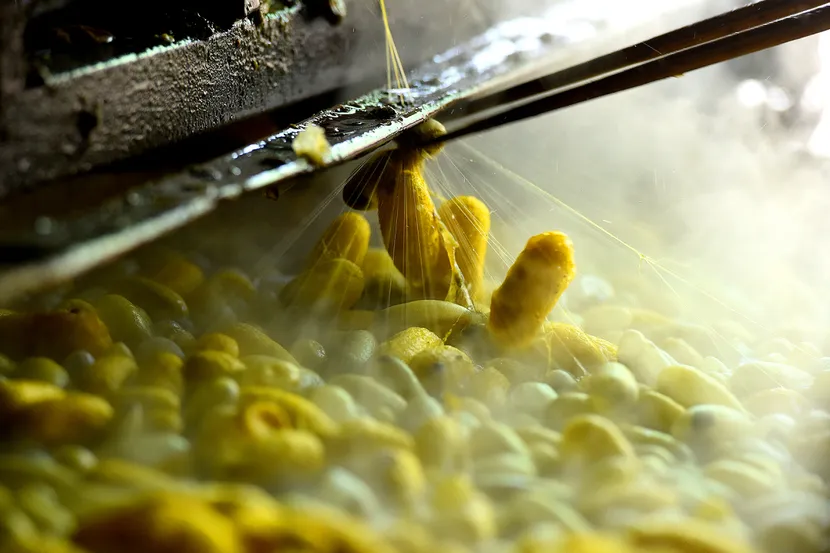
Step 3: Preparing to weave silk
After placing the silk into the bobbin, it is pulled through the small holes of the embroidery machine. During this stage, artisans must be present all the time to catch any mistakes or add the next silk thread when necessary.
According to artisans from the silk village, the designs on the silk are either pre-programmed into the machine, based on a sample, or according to customer preferences. The raw silk, after being woven, will immediately appear with beautiful patterns on it, unlike fake products that require additional embroidery. After around 2 or 3 days, the 45-50 meter long silk tube is taken off and sent for dyeing.
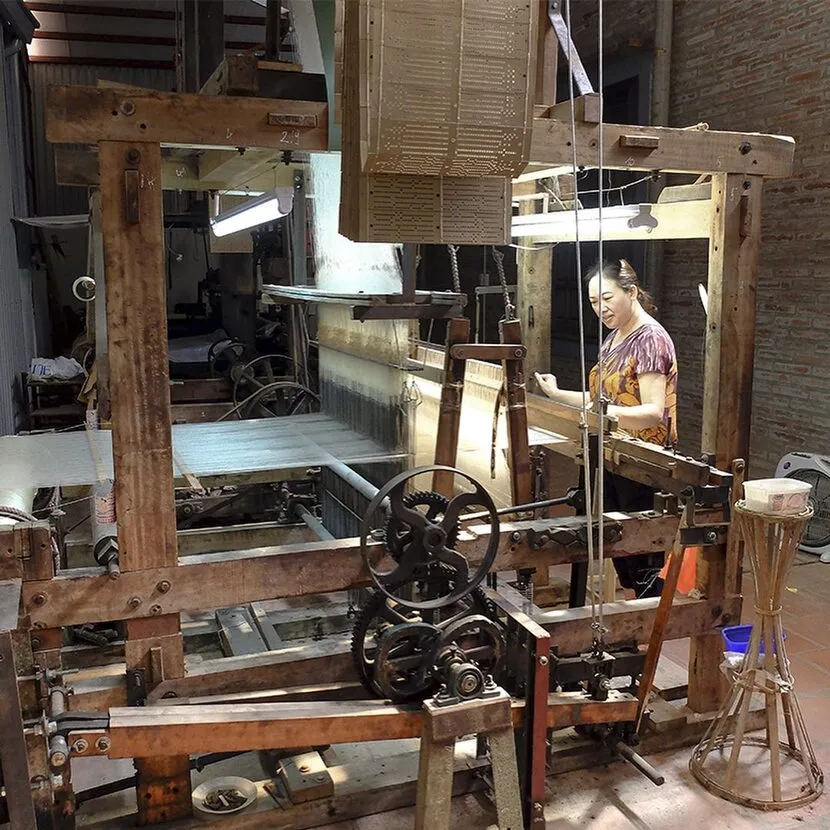
Traditional weaving machine
Step 4: Dyeing silk
To prepare Van Phuc silk for dying, it needs to be boiled first to get rid of any dirt or unwanted substances. The dyeing process is crucial in enhancing the silk's beauty. Afterward, the silk is washed and handed over to skilled artisans who dry it. In the old days, when the weather was favorable, and there was enough space, they would dry the silk naturally in the sun. After drying, the silk remains the same as the dying color. The completed products will then be displayed for sale or delivered to fabric dealers in different regions of Vietnam.
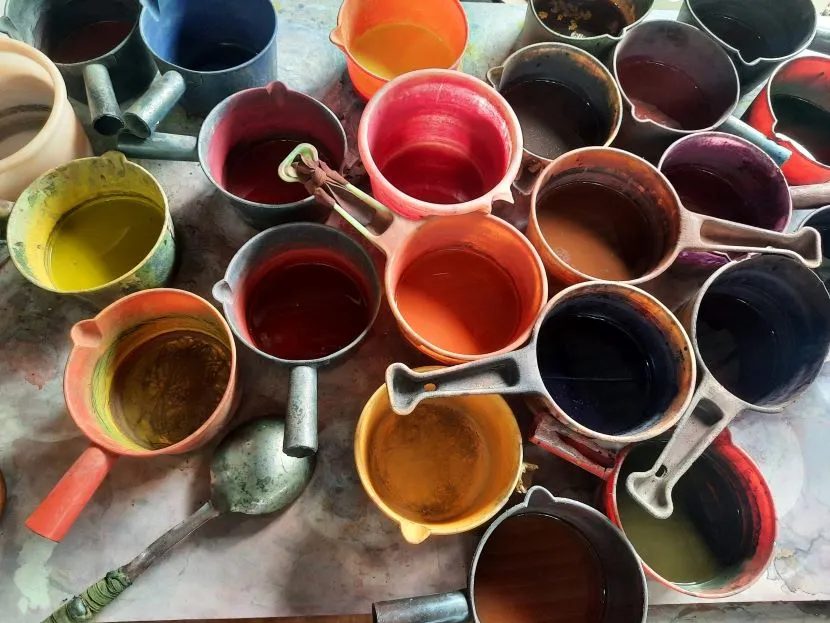
Mixture of colors for dying silk
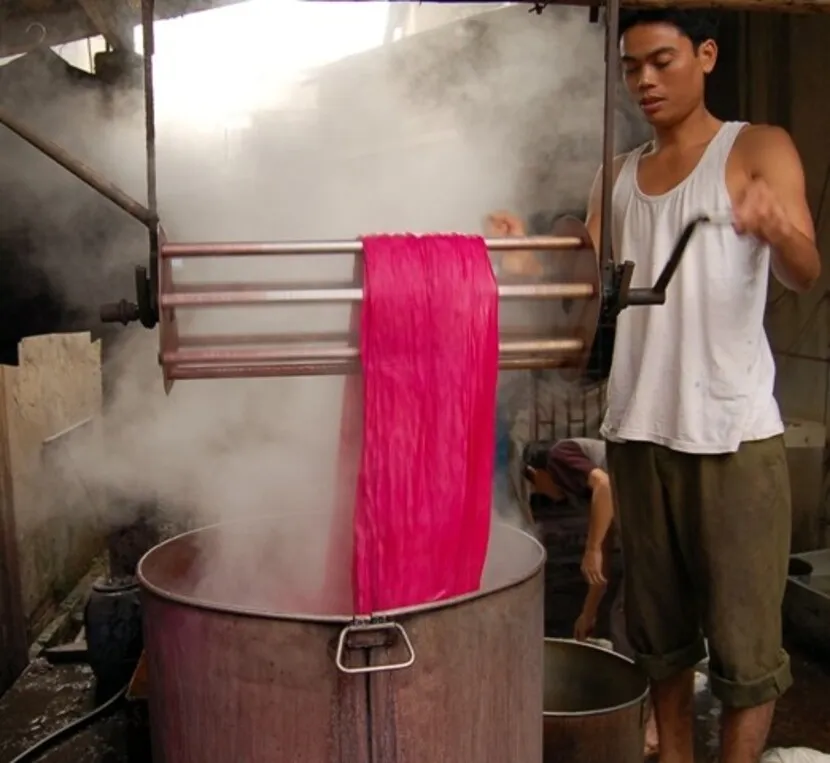
Dying Van Phuc Silk after weaving
Van Phuc silk village today
Nowadays, Van Phuc silk has become very diverse with plenty of designs and types of silk products. The most popular decorations are flying clouds, dragon, phoenix, flowers and stems, which show the skills and creativity of Van Phuc artisans. As a result, the new silk products are abundant, unique, and aesthetically pleasing. Van Phuc Ha Dong silk stands out with its exceptional qualities, making it a popular choice for gifts among visitors. Currently, there are nearly 800 families in Van Phuc engaged in silk weaving, which accounts for around 60 percent of the total number of families residing there. Each year, the village produces 2.5 to 3 million square meters of fabric.
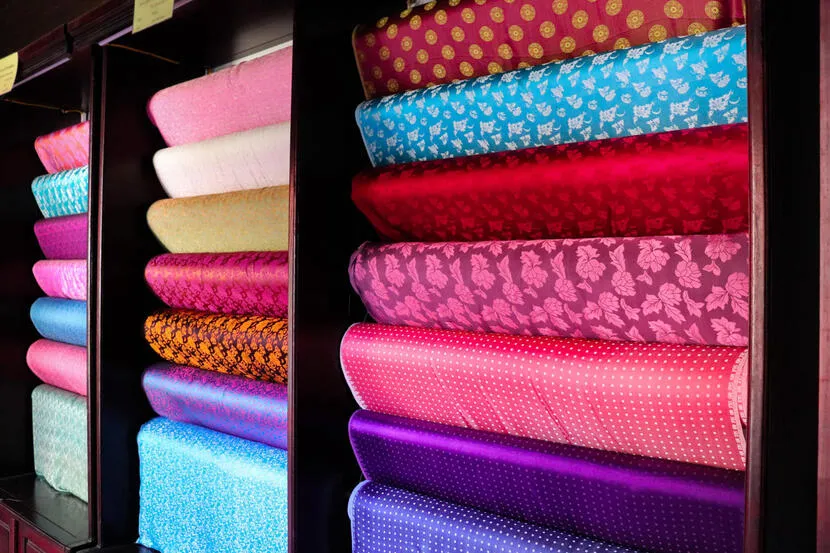
Van Phuc silk is ready to sew
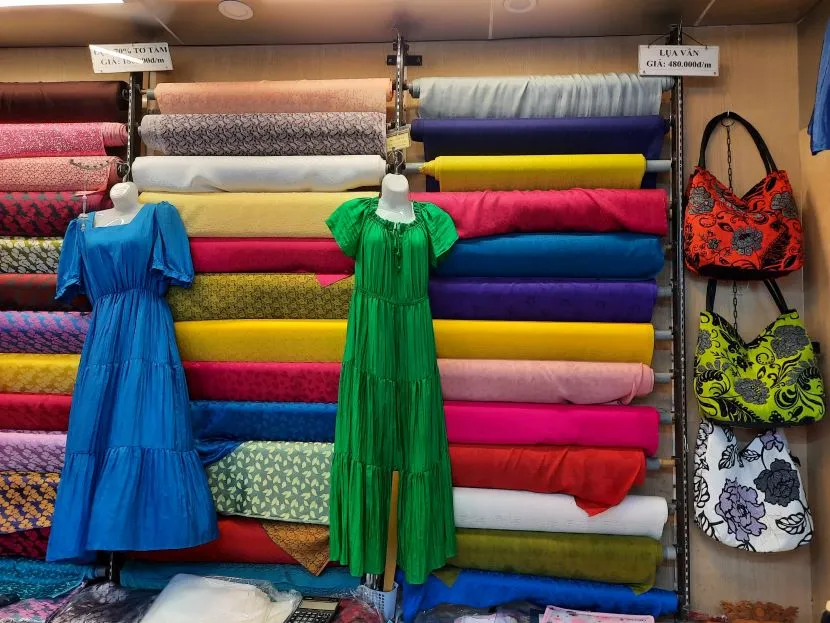
Van Phuc silk of diversified color and the silk clothes
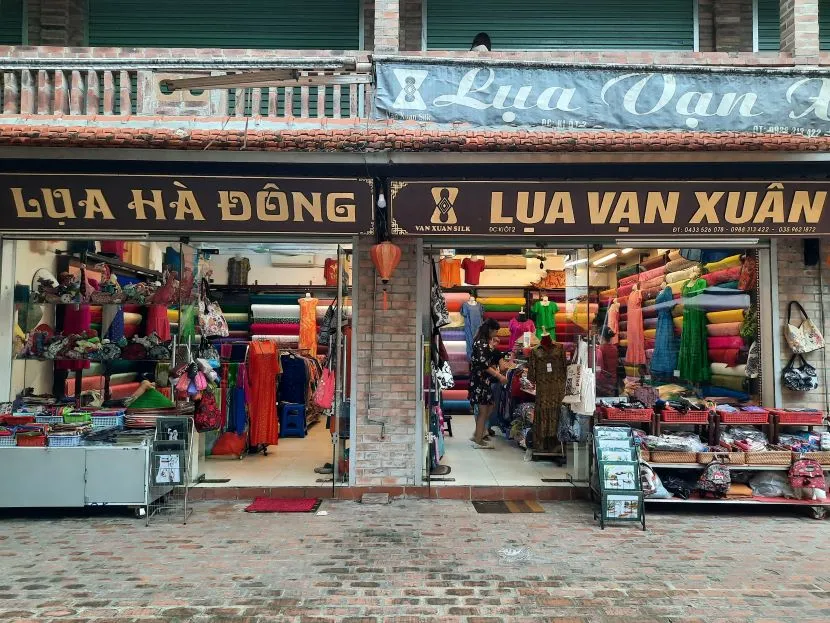
Stores in Van Phuc Silk Preservation Center
Besides the main product of silks, when visiting Van Phuc Silk Village in Ha Dong, you will be fascinated by the colorful umbrella street. The umbrellas are decorated in a special way, creating a beautiful scene for visitors to take pictures. Another great spot for photos in Van Phuc Silk Village is the mural wall, which was created by the teachers from Van Phuc kindergarten.
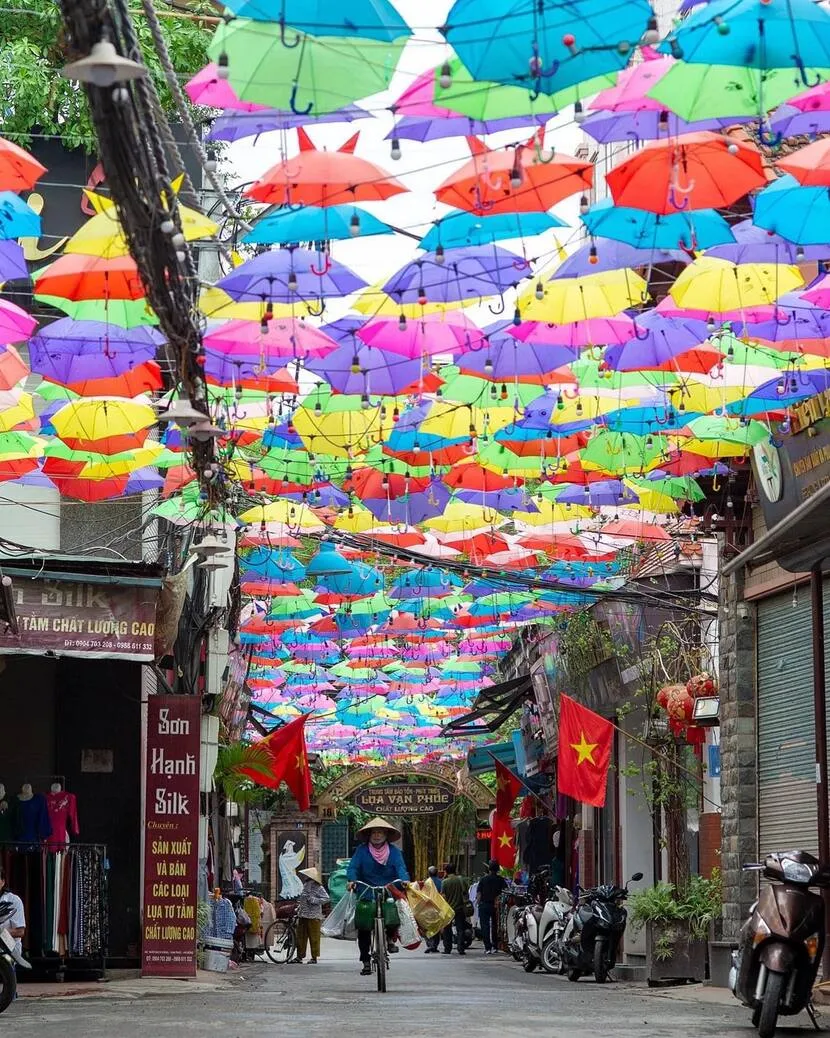
Umbrella street in Van Phuc Silk Village
(Source of photo: Internet)
With a famous brand and a long-standing tradition, Van Phuc has attracted tourists from all corners. A Van Phuc silk village tour promises to bring many interesting things. Coming here, visitors have the opportunity to buy genuine silk products and observe the silk-making process of talented artisans.
We hope this article has helped you in some aspects. If you have any further questions, feel free to leave a comment below, or email us at [email protected] or WhatsApp: +84 382 536 266 for instant assistance.
See other related articles:







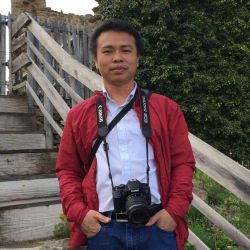
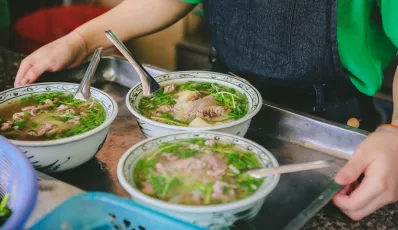

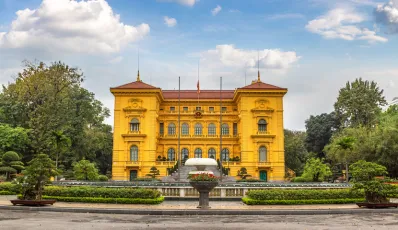
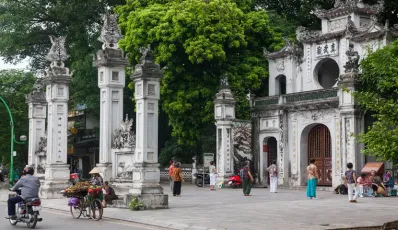

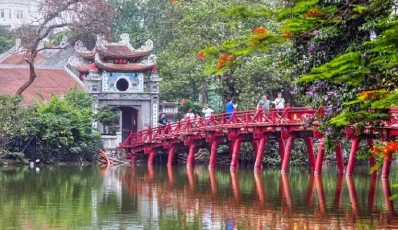
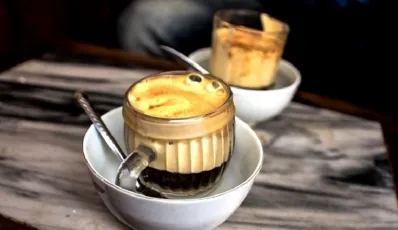

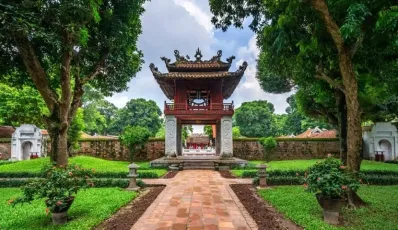
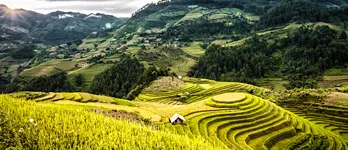
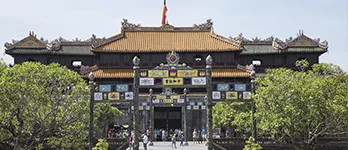
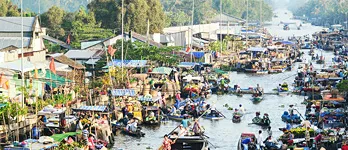

 TRAVELERS' CHOICE 2025
TRAVELERS' CHOICE 2025 